This is a case of cosleeping-related mechanical asphyxia where the parents awoke to find the child wedged between the bed and the wall. The infant was transported to a local hospital and was pronounced dead about 12 hours after admission.
One of the more interesting findings is this section of the heart that shows signs of early necrosis in the central area of the interventricular septum. The subendocardium is spared. I’ve seen this a few times, all in infants. Since this child was very small, I was able to get a section through the entire interventricular septum and part of the right ventricle on one slide. Here’s a panorama of low power views. Note that the center of the muscle is more eosinophilic than the subendocardium on either side:
Here’s the annotated version:
If you look at higher power, the cytoplasm of the myocytes is clumped, but not in the classic “contraction band necrosis” pattern. Note the relate sparing of the subendocardium (upper right and lower left):
As an aside, this is also one of the few cases where the child showed classic “red neurons” in the hippocampus. So, I suppose this is something that one will see only after some hours of respirator support.
This is again very different from most adult cases of acute anoxic damage I see in drug-related deaths on a daily basis. The most common pattern I’ve seen in adults is contraction band necrosis in the subendocardium of the interventricular septum near the septal base (in the section I usually take to catch the atrioventricular node), with sparing of the deeper parenchyma. In terms of adult lesions, this is what I think of when I think of takotsubo cardiomyopathy, where the consensus seems to be that the cardiac dysfunction is due to (transient) ischemia of this central area due to catecholamine-induced vascular constriction.
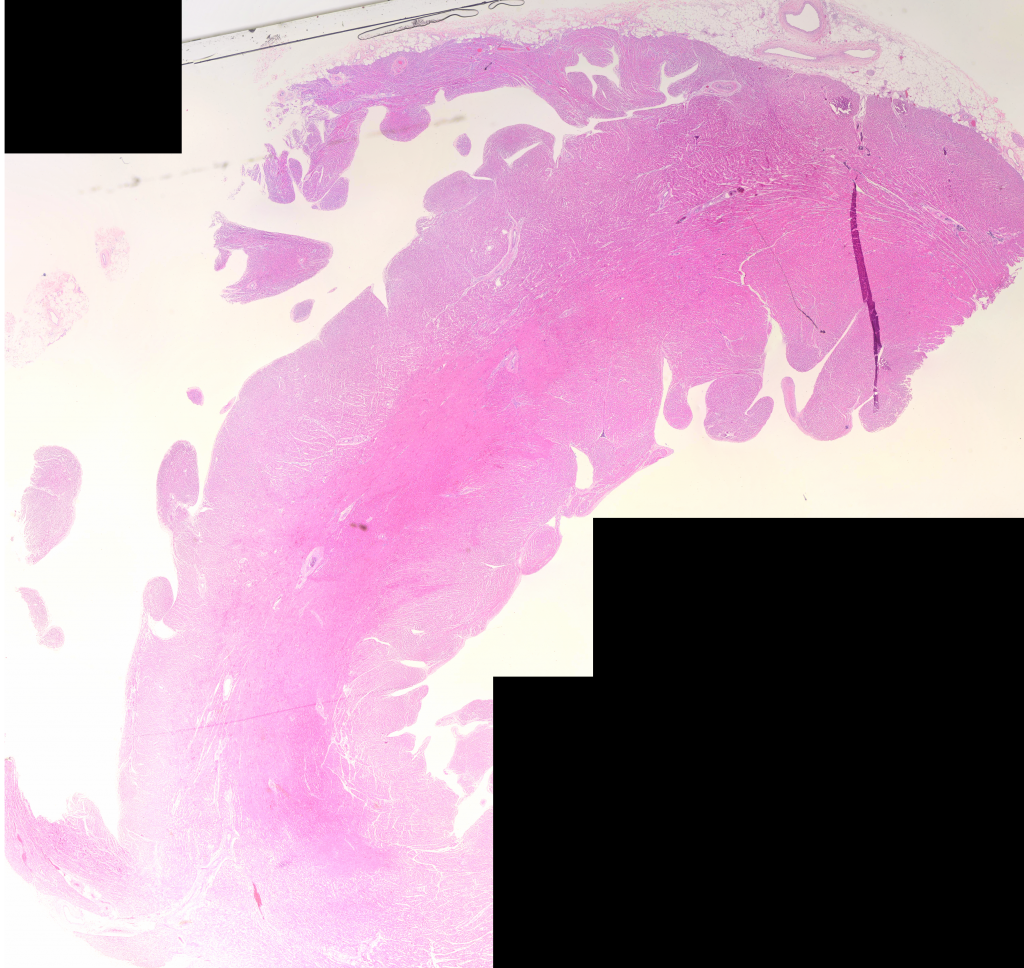

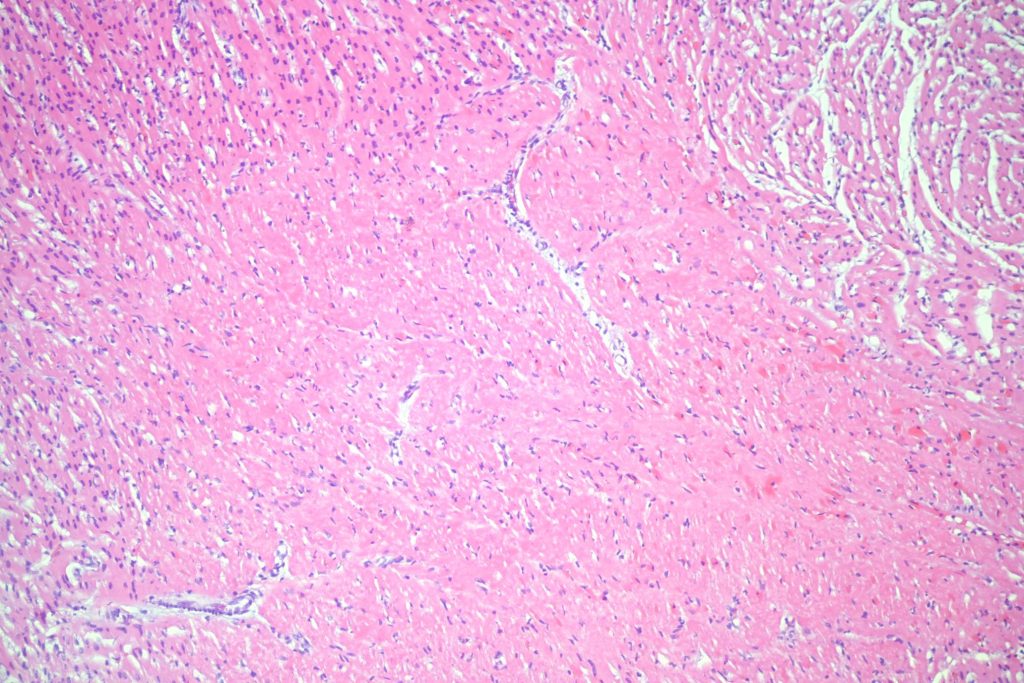
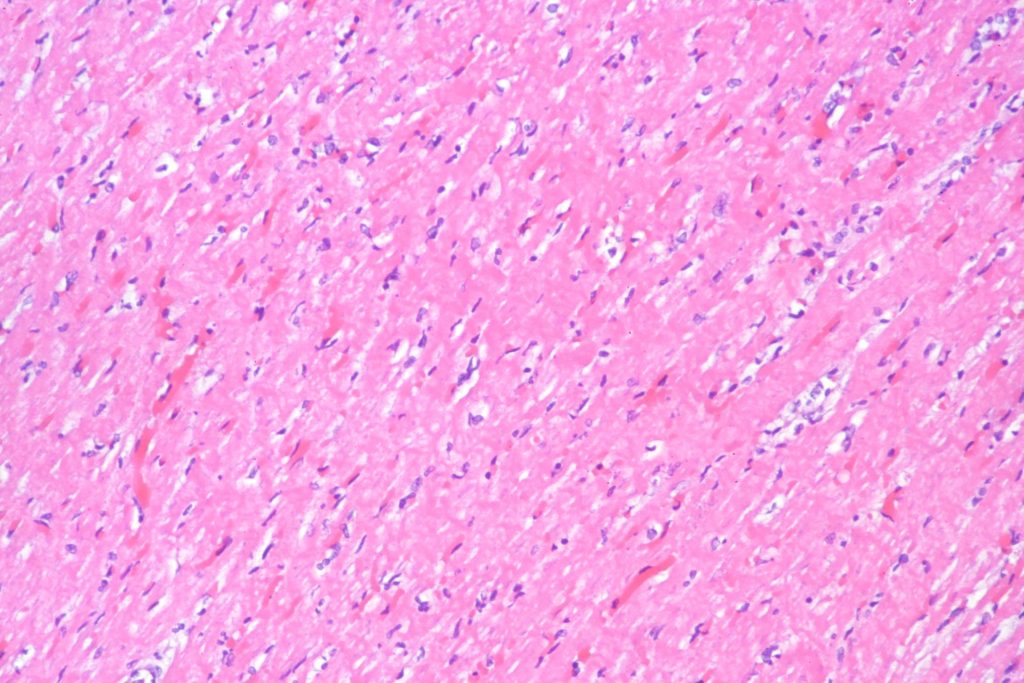
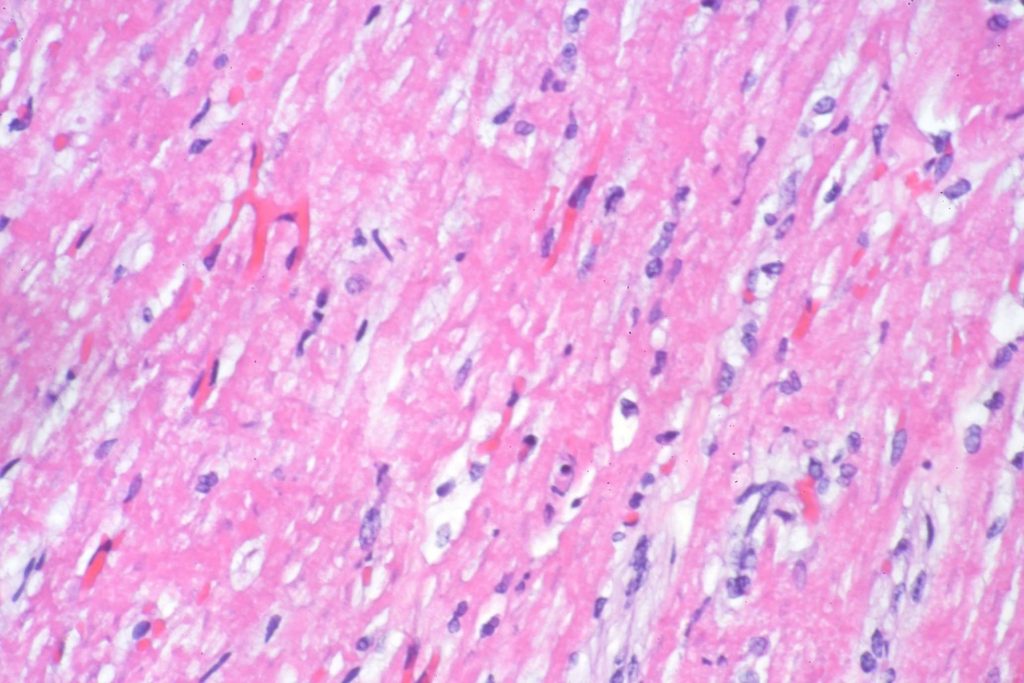
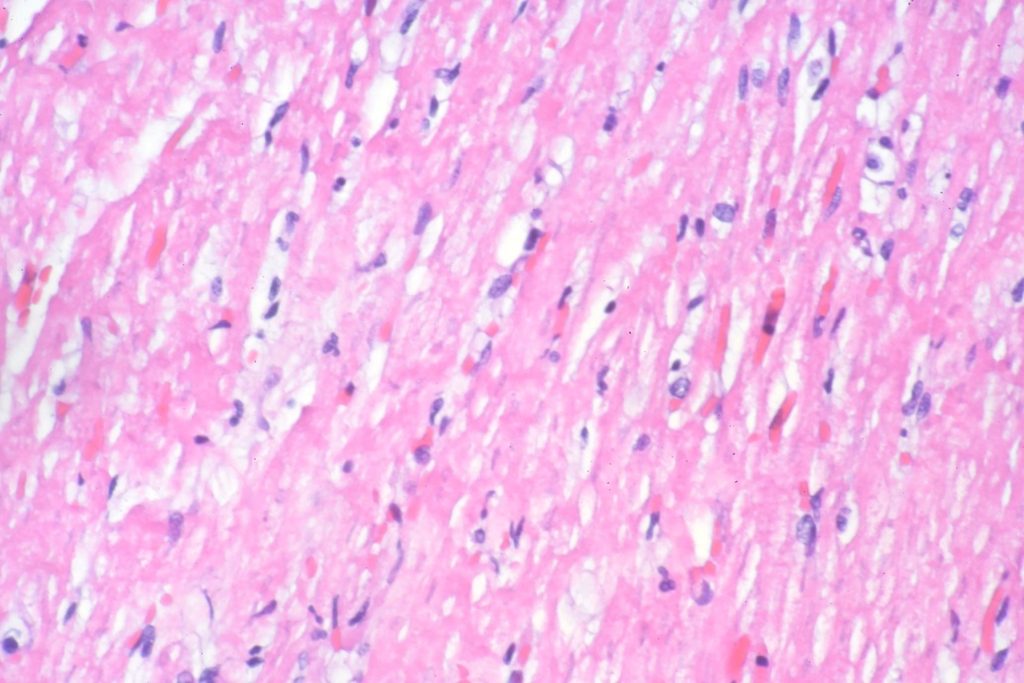
Nice case, Billo. I think it’s catecholamine effect.
Could be. That’s what it is in takotsubo cardiomyopathy in adults. Of course they gave the child epinephrine during resuscitation, so it might be iatrogenic. I’m not used to seeing that in a child.